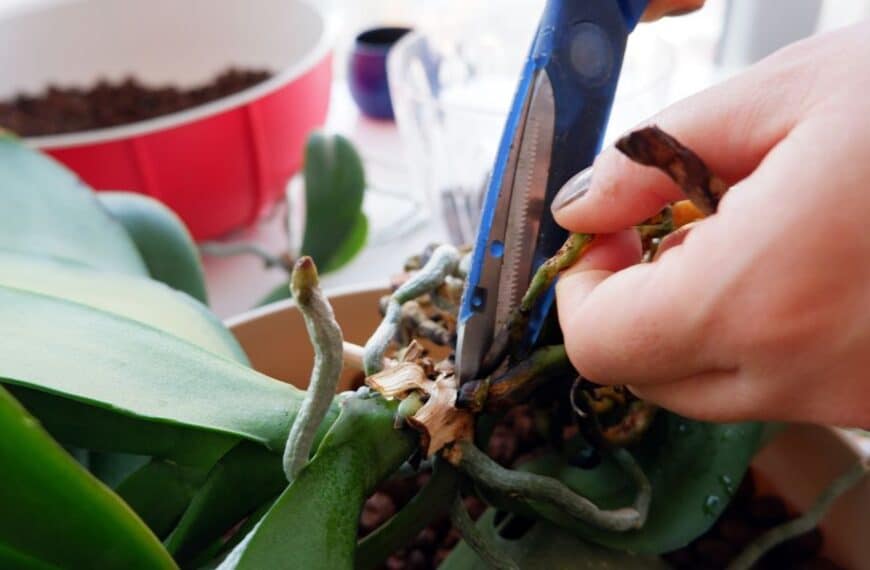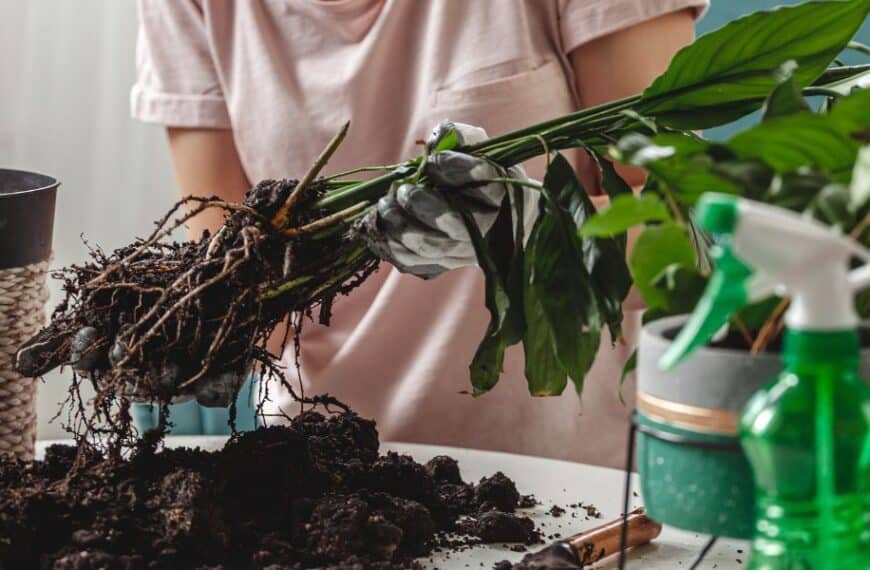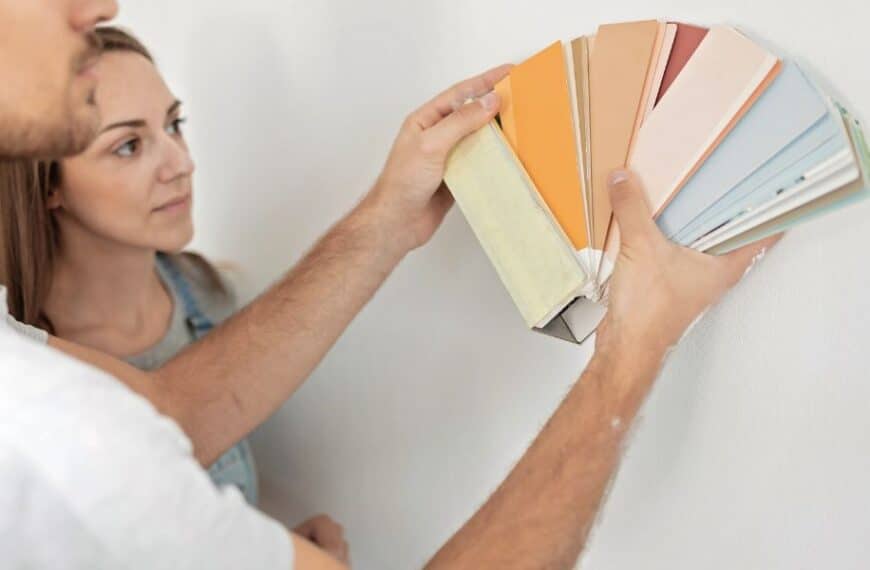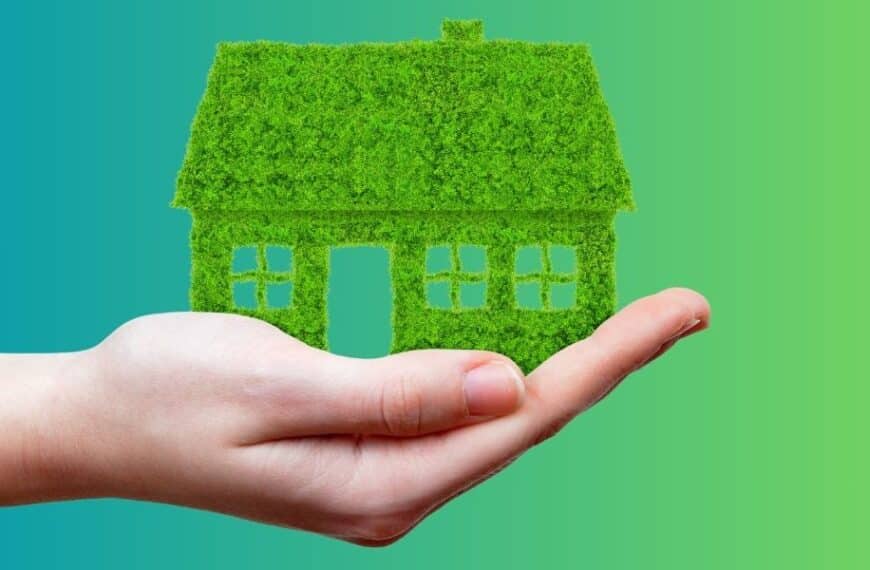Content
In the realm of interior design and home décor, low-light indoor plants are the unspoken heroes. They breathe life into dull corners, create a calming ambiance, and even purify the air.
But the best part? These shade-loving green companions flourish even in the darkest corners of your home.
Whether you’re a seasoned green thumb or a novice plant parent, you’re sure to appreciate the resilience of these sunshine-independent indoor plants.
From the lush and leafy peace lilies to the hardy ZZ plant, these plants thrive in low-light conditions, proving that you don’t need a sun-soaked window sill to cultivate your indoor garden.
Why opt for low-light indoor plants
Indoor plants that thrive in low-light conditions are a blessing for those with limited natural light in their homes. They’re perfect for apartments with few windows, north-facing rooms, or even windowless bathrooms.
Besides their ability to survive in poor light, these plants have some significant benefits. They improve air quality by absorbing carbon dioxide and releasing oxygen. Some species even remove harmful toxins from the air.
Plus, indoor plants can boost your mood and reduce stress levels, creating a more peaceful and relaxing environment.
Best indoor plants for low-light conditions
When it comes to low-light indoor plants, some species stand out for their hardiness and beauty.
The ZZ plant is one of the toughest around, capable of surviving in almost any light condition.
Snake plants, with their tall, pointed leaves, are also excellent for low-light areas and have the added benefit of purifying the air.
The peace lily is another great option, producing beautiful white flowers even in low light.
For something a bit different, try the cast-iron plant. As its name suggests, this plant is nearly indestructible and can withstand extremely low light.
Care tips for low-light indoor plants
Just because these plants can survive in low light doesn’t mean they don’t need care.
Watering is crucial for their survival, but be careful not to overwater. Most low-light plants prefer their soil to dry out between waterings.
Humidity is another important factor, especially for tropical plants. Consider using a pebble tray or a humidifier to maintain the right moisture levels.
Lastly, even low-light plants need some light, so make sure they’re getting at least a few hours of indirect light each day.
The power of adaptability
What makes low-light indoor plants so special is their adaptability. They’ve evolved to survive under the canopies of dense forests, where little light penetrates.
This incredible adaptation allows them to flourish in conditions that many other plants would find challenging. It’s a testament to the resilience of nature and a reminder that, sometimes, less is more.
The beauty of these low-light indoor plants lies not just in their lush foliage or vibrant flowers, but also in their ability to thrive where others cannot.
So, why not bring one of these resilient plants into your home? You might just find that it brightens up even the darkest corner.
Don’t forget to share your newfound knowledge about low-light indoor plants on your social media platforms. You never know who might be inspired to start their own indoor garden!








